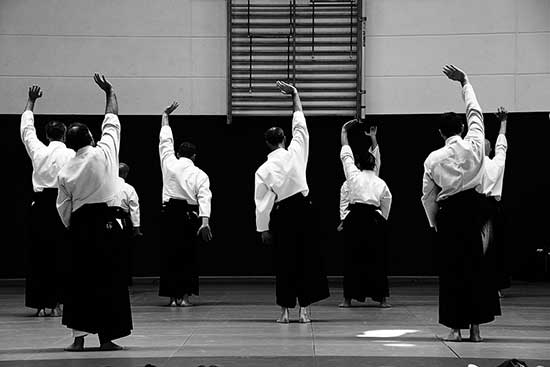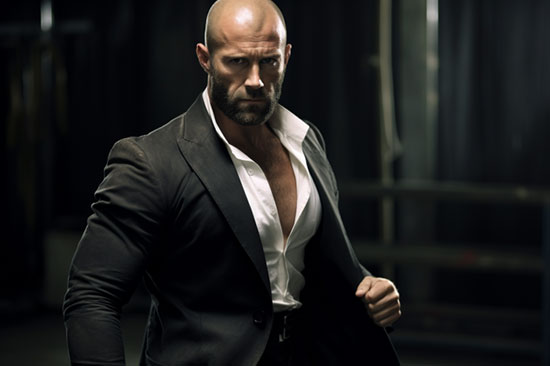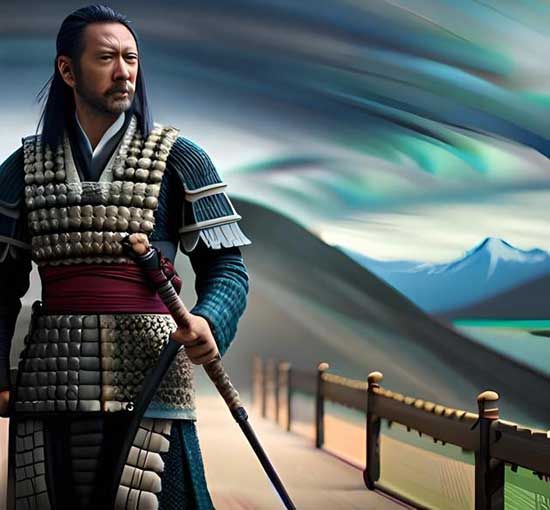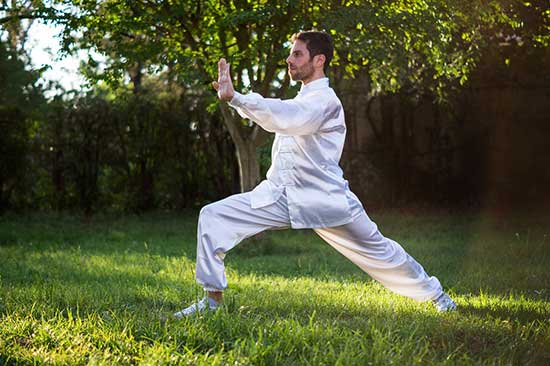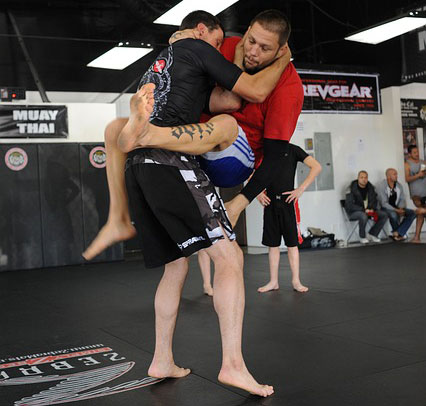Capoeira Angola and Capoeira Regional are two distinct styles of the Brazilian martial art, capoeira. While both styles have their roots in African traditions and share some similarities, they also have significant differences in their techniques, movements, philosophies, and origins.
Understanding these differences is essential for anyone interested in practicing or learning more about capoeira.
Key Takeaways:
- Capoeira Angola and Capoeira Regional are two styles of capoeira with unique characteristics and philosophies.
- Capoeira Angola is grounded, strategic, and emphasizes African traditions and spirituality.
- Capoeira Regional is dynamic, acrobatic, and focuses on athleticism and self-defense.
- Contemporary Capoeira incorporates elements from both styles and additional influences.
- Choosing between Capoeira Angola and Capoeira Regional depends on personal preference and goals.
Contents
Origins of Capoeira Angola and Regional
Capoeira Angola and Capoeira Regional are two distinct styles of the Brazilian martial art, capoeira. While both styles have their roots in African traditions and share some similarities, they also have significant differences in their techniques, movements, philosophies, and origins. Understanding these differences is essential for anyone interested in practicing or learning more about capoeira.
Capoeira Angola
Capoeira Angola is believed to be the older and more traditional style of capoeira, deeply connected to the African heritage and spiritual practices. It evolved in Salvador, Bahia, and has been preserved by Mestre Pastinha and other angoleiros who prioritize the preservation of Afro-Brazilian traditions.
Capoeira Regional
Capoeira Regional, on the other hand, emerged as a more modern and dynamic style of capoeira. It was developed by Mestre Bimba in the early 20th century and was influenced by other martial arts such as boxing and jiu-jitsu. Capoeira Regional focused on practical self-defense techniques and introduced a structured teaching methodology.
Overall, the origins of Capoeira Angola and Regional reflect the rich history and cultural diversity of Brazil. While Capoeira Angola represents the traditional African roots of capoeira, Capoeira Regional embodies the evolution and adaptation of the art form over time.
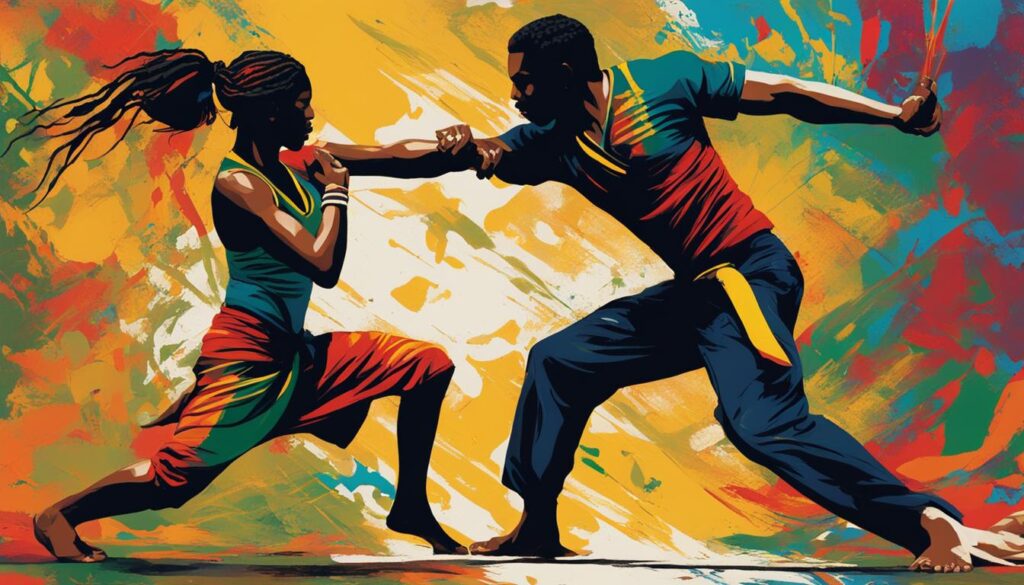
Table 2.1: Origins of Capoeira Angola and Regional
| Capoeira Angola | Capoeira Regional | |
|---|---|---|
| Roots | African traditions | African traditions, boxing, jiu-jitsu |
| Origins | Salvador, Bahia | Bahia |
| Mestre | Mestre Pastinha | Mestre Bimba |
| Focus | Preservation of Afro-Brazilian traditions | Practical self-defense techniques |
Techniques and Movements in Capoeira Angola
Capoeira Angola is characterized by its unique set of techniques and movements that distinguish it from other styles of capoeira. These characteristics showcase the grounded and strategic nature of Capoeira Angola, offering a distinct approach to the martial art.
The techniques in Capoeira Angola encompass a wide range of movements, including sweeps, takedowns, ginga variations, and intricate ground movements. Angoleiros, practitioners of Capoeira Angola, focus on maintaining a low center of gravity and executing deliberate and precise movements. This disciplined approach emphasizes skillful trickery and strategic positioning over physical strength and flashy acrobatics.
The movements in Capoeira Angola are deliberate, calculated, and deeply connected to the music and rhythm of the roda. Angoleiros engage in a playful and interactive game with their opponents, engaging in a constant dialogue and exchange of movements. This style of capoeira encourages creativity, adaptability, and a keen understanding of the dynamics of the game.
Characteristics of Capoeira Angola Techniques
- Low and grounded movements
- Emphasis on strategy and trickery
- Precise and deliberate execution
- Incorporation of sweeps, takedowns, ginga variations, and intricate ground movements
- Interactive and playful game with opponents
Overall, Capoeira Angola offers a unique and deeply rooted approach to the martial art. Its techniques and movements reflect the traditions and cultural heritage of African origins, emphasizing strategy, wit, and a grounded expression of capoeira.
| Techniques | Movements |
|---|---|
| Low sweeps | Grounded movements |
| Takedowns | Strategic positioning |
| Ginga variations | Precision and deliberation |
| Ground movements | Interactive and playful game |
Techniques and Movements in Capoeira Regional
Capoeira Regional is known for its more upright and dynamic movements. It combines elements from capoeira Angola and other martial arts, resulting in a style that is powerful, acrobatic, and visually impressive. Regionalistas emphasize speed, agility, and the efficiency of their attacks and defenses. The game in Capoeira Regional involves more kicks, jumps, flips, and aerial movements. Techniques such as direct kicks, spin kicks, and combinations of strikes and evasions are commonly seen in Regional rodas.
One of the distinguishing features of Capoeira Regional is the focus on high kicks and acrobatic maneuvers. Regionalistas often incorporate daring flips and spins into their movements, showcasing their agility and athleticism. The emphasis on aerial techniques adds flair and excitement to the game, captivating both participants and spectators.
In addition to the acrobatics, Capoeira Regional places a strong emphasis on direct, powerful kicks. Regionalistas aim to deliver fast and efficient strikes to their opponents while maintaining a dynamic and unpredictable style of play. The combination of rapid kicks, acrobatics, and fluid movement creates a visually captivating spectacle in the Regional roda.
The Table below summarizes the key techniques and movements in Capoeira Regional:
| Techniques and Movements | Description |
|---|---|
| High Kicks | Regionalistas perform impressive high kicks, often targeting their opponent’s head or upper body. |
| Acrobatics | Flips, spins, and other acrobatic maneuvers are frequently incorporated into Regional Capoeira, adding excitement and spectacle to the game. |
| Direct Kicks | Capoeira Regional emphasizes direct kicks, focusing on delivering quick and powerful strikes. |
| Combinations | Regionalistas utilize combinations of strikes, evasions, and acrobatics to create fluid and dynamic sequences of movement. |
The techniques and movements in Capoeira Regional showcase the athleticism, agility, and dynamic nature of this particular style. Regionalistas combine high kicks, acrobatics, and direct strikes to create an intense and visually captivating game. Whether performed in a traditional roda or as part of a contemporary performance, Capoeira Regional is characterized by its dynamic and powerful movements.
Philosophies and Spirituality in Capoeira Angola and Regional
Capoeira Angola and Capoeira Regional have distinct philosophies and spiritual practices that shape their respective styles.
Capoeira Angola
Capoeira Angola reflects a deep connection to African heritage and spirituality. It is seen as more than just a martial art, but also as a holistic art form encompassing physical, mental, and spiritual aspects. Angoleiros believe in preserving tradition and view capoeira as a means of connecting with their ancestral roots. The roda is considered a sacred space where energy is exchanged, and the interaction between players is seen as a spiritual dialogue.
Capoeira Regional
Capoeira Regional, on the other hand, focuses more on athleticism and self-defense. While still rooted in African traditions, the philosophy of Capoeira Regional emphasizes the development of physical strength, agility, and efficient techniques. Regionalistas strive for a dynamic game that showcases their speed, power, and acrobatic prowess. The spiritual aspect of Capoeira Regional is typically less prominent compared to Capoeira Angola.
It is important to note that the philosophies and spiritual practices in both styles are not mutually exclusive. Many practitioners incorporate elements of both Capoeira Angola and Capoeira Regional in their training and find a balance between tradition and athleticism. Ultimately, the choice between the two styles depends on personal preference and the desire to connect with the different philosophies and spiritual aspects of capoeira.
| Capoeira Angola | Capoeira Regional |
|---|---|
| Deep connection to African heritage and spirituality | Emphasis on athleticism and self-defense |
| Grounded and deliberate movements | Dynamic and acrobatic movements |
| Low center of gravity and strategic gameplay | Speed, agility, and efficient attacks and defenses |
| Incorporates elements of candomblé and Afro-Brazilian traditions | Less prominent spiritual aspect |
Graduation and Training in Capoeira Angola and Regional
Graduation and training methods in Capoeira Angola and Capoeira Regional differ significantly. Each style has its own unique approach to skill development and advancement within the art form.
Capoeira Angola
In Capoeira Angola, the training process is often long-term and focuses on more than just physical techniques. It emphasizes the development of a personal style, self-expression, and a deep understanding of the cultural and spiritual aspects of capoeira.
Graduation in Capoeira Angola occurs through a ceremony called “batizado,” which translates to “baptism.” During the batizado, students demonstrate their skills and progress in front of mestres (masters) and other experienced practitioners. This ceremony serves as a rite of passage and symbolizes the student’s growth and dedication to the art.
Capoeira Regional
In contrast, Capoeira Regional follows a more standardized training and graduation system. It places a stronger emphasis on physical conditioning, athleticism, and the mastery of specific techniques and movements.
In Capoeira Regional, the graduation process involves a series of exams or assessments that evaluate the student’s proficiency in various aspects of the style, such as kicks, takedowns, and defense. These exams often include demonstrations of skill in a rod a (capoeira circle), where the student must showcase their abilities in a dynamic and competitive environment.
| Capoeira Angola | Capoeira Regional |
|---|---|
| Long-term learning process | Structured training and graduation system |
| Emphasis on personal style and self-expression | Focus on specific techniques and athleticism |
| Graduation through the batizado ceremony | Exams and assessments to determine progress |
Whether choosing Capoeira Angola or Capoeira Regional, both styles offer unique and rewarding paths of study. The decision ultimately depends on personal preferences, goals, and the desire to connect with the history and culture of each respective style.
Contemporary Capoeira and Other Influences
Alongside Capoeira Angola and Regional, there has been the emergence of Contemporary Capoeira, which draws inspiration from both styles and incorporates additional influences such as acrobatics, grappling, and updated teaching methodologies. Contemporary Capoeira schools vary widely in their approaches and may have their own unique styles and practices. This evolution reflects the ongoing development and adaptability of capoeira as an art form.
Contemporary Capoeira combines the traditional elements of Capoeira Angola and the dynamic movements of Capoeira Regional with modern innovations. It incorporates new techniques and strategies, allowing practitioners to explore a wider range of movements and expressions. This style often emphasizes acrobatic skills, aerial movements, and complex choreography, making it visually captivating and entertaining.
The integration of additional influences in Contemporary Capoeira has led to the emergence of hybrid styles that blend elements from other martial arts and cultural practices. These influences can include elements from Brazilian jiu-jitsu, breakdancing, gymnastics, and more, further expanding the creativity and diversity within capoeira. The evolution of Contemporary Capoeira demonstrates the art form’s ability to evolve and adapt to modern times while still honoring its roots and traditions.
Conclusion
In conclusion, Capoeira Angola and Capoeira Regional are two distinct styles of the Brazilian martial art, capoeira, each with its own unique characteristics and philosophies. While Capoeira Angola emphasizes tradition, spirituality, and grounded movements, Capoeira Regional focuses on athleticism, self-defense, and dynamic gameplay. Contemporary Capoeira incorporates elements from both styles and adds its own innovations, resulting in a diverse and evolving art form.
Choosing between Capoeira Angola and Capoeira Regional ultimately depends on personal preference, goals, and the desire to connect with the history and culture of this fascinating martial art. Whether you prioritize the deep African roots and spiritual aspects of Capoeira Angola or the acrobatic and dynamic movements of Capoeira Regional, both styles offer a unique and enriching experience.
As capoeira continues to evolve and diversify, it is important to honor and respect the traditions and teachings of the past while embracing the creativity and adaptability of the present. So whether you choose to practice Capoeira Angola, Capoeira Regional, or explore the contemporary variations, the journey through this captivating martial art is sure to be a rewarding one.
